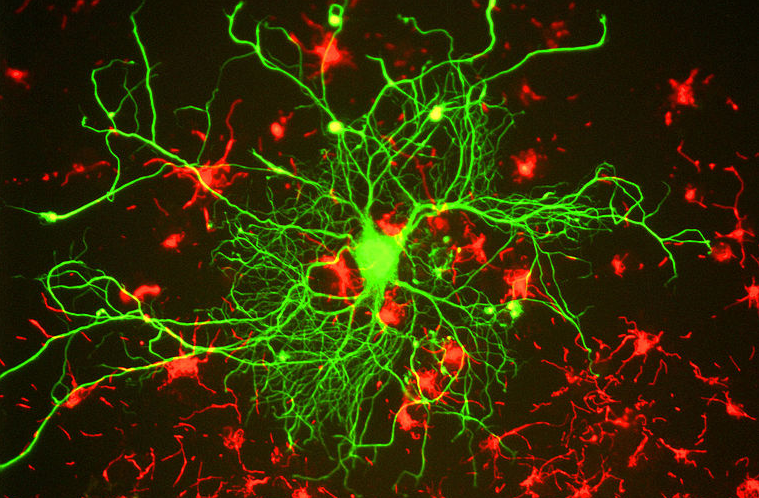Newsletter Signup - Under Article / In Page
"*" indicates required fields
Researchers from Austria and the UK have made new advances in engineering brain-like structures. These lab-grown organoids mimic important functions of the real thing and could help improve understanding of mental illness and test new therapies.
The Institute of Molecular Biotechnology of the Austrian Academy of Sciences (IMBA) in Vienna is a pioneer of brain organoids, three-dimensional cell cultures that mimic early brain function. Now, its researchers have bioengineered one with new materials, in collaboration with others from an MRC laboratory in Cambridge, UK. Their results were recently published in Nature Biotechnology.
Artificial organs are promising in replacing actual function, from Carmat’s machine-like hearts to the transplants of lab-grown pancreas’ islets for diabetes, but also have a lot of potential in the arguably less glamorous areas of disease research and drug discovery. Along with artificial intelligence, organoids made with tissue engineering can help go through discovery and preclinical stages a lot more efficiently, even potentially replacing some animal testing.
For the brain, organoids can yield much-needed knowledge about developmental defects or alterations that lead to neuropsychiatric disorders and mental health. IMBA’s earlier organoids were already successful in providing insight into diseases such as microcephaly, of Zika infamy, as well as epilepsy and autism.

To obtain a three-dimensional structure, these earlier versions of the organoids relied on the capacity of mammalian cells to self-organize. In this new breakthrough, researchers have combined the organoids with bioengineered scaffolds. The scaffolds are made with PLGA microfibers, which allow the organoids to elongate as they would in a human tissue. The result was engineered cerebral organoids, dubbed enCORs.
The combination of stem cell cultures and bioengineering isn’t commonplace yet, with this being one of the first studies tackling it. The first author of the study, Madeline Lancaster, explains that the microfilaments guide the growth of the tissue, making them more reproducible. However, the scaffold doesn’t drive the differentiation of the tissue, so researchers are still able to observe behaviors related to brain formation. A microfilament scaffold also means more space and neural migration. The team hopes to study this behavior more closely, which could provide further insights into disorders like lissencephaly and schizophrenia.
Images from whitehoune/Shutterstock and GerryShaw/Wikimedia (CC 3.0)






